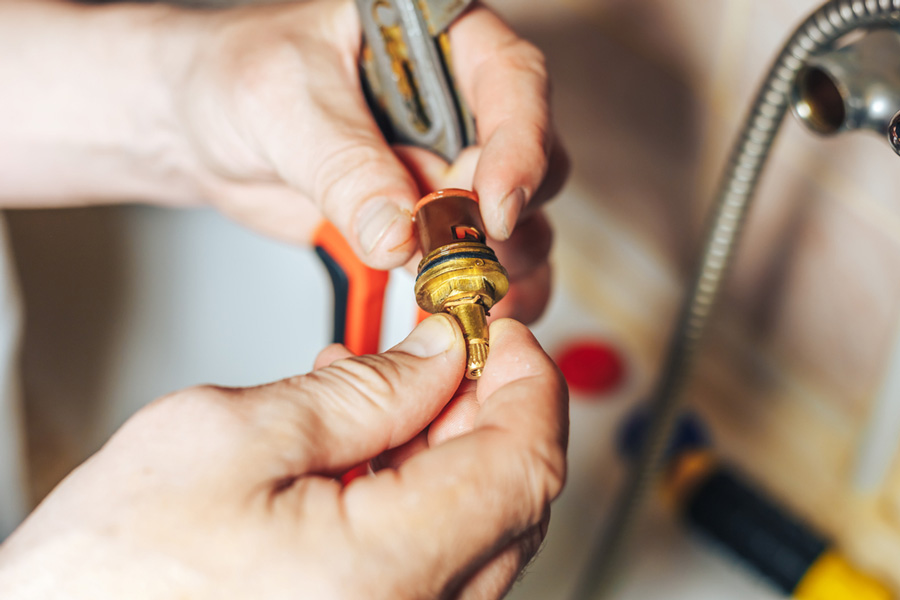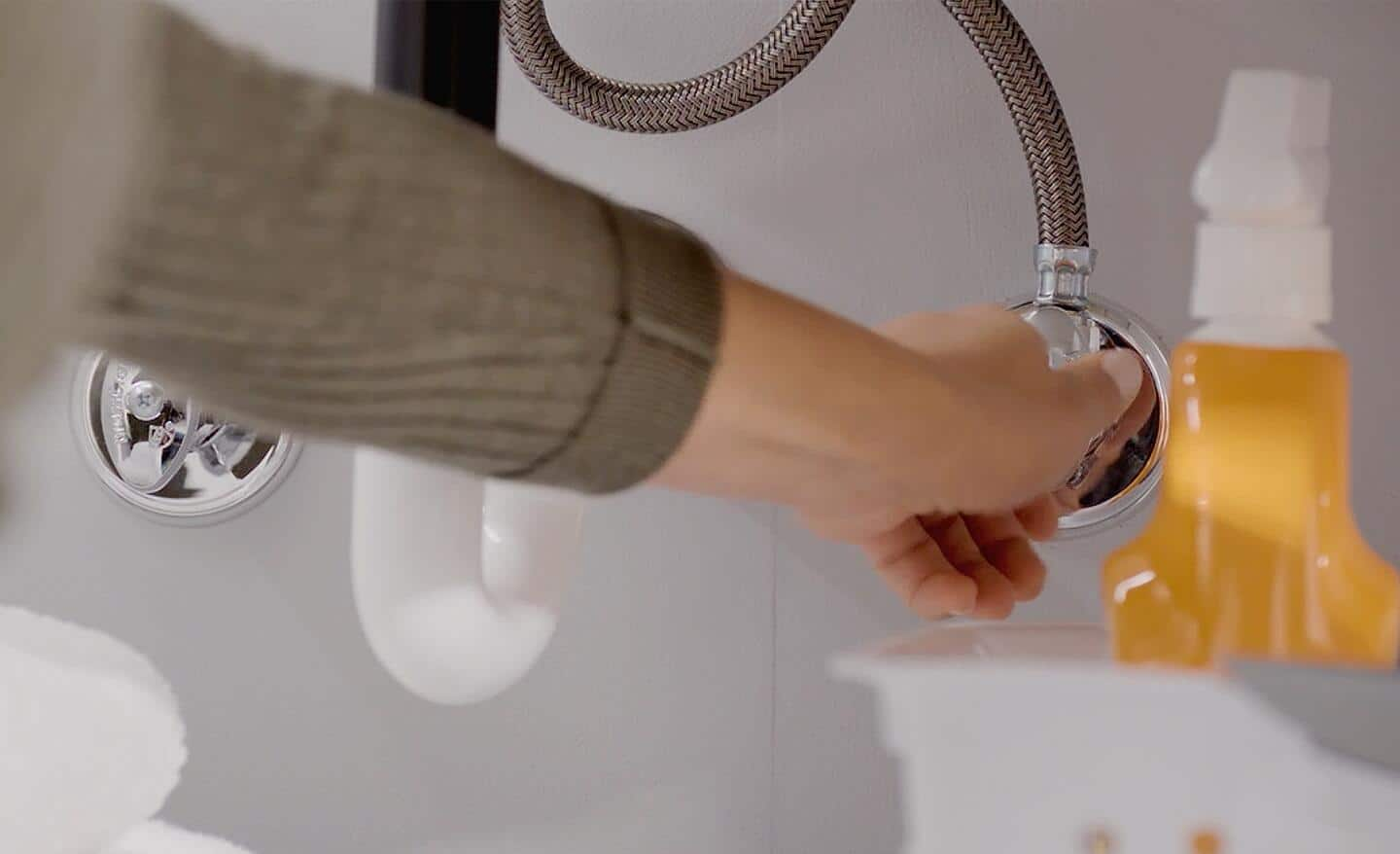The publisher is making a number of great points on How to Fix a Dripping or Leaky Faucet as a whole in this post down the page.

Trickling faucets might seem like a small inconvenience, yet their impact goes beyond just the inconvenience of the sound. From wasting water to sustaining unneeded monetary costs and health threats, neglecting a leaking faucet can bring about different consequences. In this write-up, we'll explore why it's essential to resolve this typical house problem quickly and efficiently.
Waste of Water
Environmental Impact
Dripping taps contribute considerably to water wastage. According to the Epa (EPA), a solitary faucet dripping at one drip per secondly can waste more than 3,000 gallons of water per year. This not just stress water resources yet likewise affects communities and wildlife based on them.
Financial Prices
Boosted Water Expenses
Beyond the environmental impact, dripping faucets can inflate water bills significantly. The gathered waste gradually converts into greater energy expenditures, which could have been avoided with timely repairs.
Possible Building Damages
Additionally, prolonged trickling can cause damage to fixtures and surface areas bordering the faucet. Water build-up can cause discoloration, deterioration, and even architectural problems if left neglected, leading to added fixing costs.
Wellness Issues
Mold And Mildew and Mold Growth
The continuous existence of wetness from a dripping tap develops a suitable environment for mold and mildew and mold growth. These fungis not just compromise interior air quality however additionally position wellness threats, specifically for people with respiratory conditions or allergies.
Waterborne Conditions
Stationary water in trickling taps can become a breeding ground for germs and other microorganisms, boosting the danger of waterborne diseases. Impurities such as Legionella germs flourish in stagnant water, possibly bring about major diseases when consumed or breathed in.
DIY vs. Specialist Repair work
Advantages and disadvantages of DIY Repair
While some might try to take care of a dripping faucet themselves, do it yourself repair work come with their very own collection of obstacles. Without correct expertise and tools, do it yourself attempts can worsen the concern or bring about incomplete repair services, lengthening the problem.
Benefits of Employing a Specialist Plumber
Hiring a professional plumber guarantees that the underlying source of the dripping faucet is addressed effectively. Plumbing professionals possess the competence and equipment to identify and fix tap concerns efficiently, saving time and decreasing the threat of more damage.
Step-by-Step Guide to Dealing With a Dripping Faucet
Tools Called for
Prior to trying to take care of a trickling tap, collect the essential devices, consisting of a flexible wrench, screwdrivers, substitute components (such as washing machines or cartridges), and plumber's tape.
Common Tap Issues and Their Solutions
Identify the kind of tap and the particular concern causing the drip. Common issues consist of worn-out washing machines, rusty valve seats, or damaged O-rings. Refer to maker guidelines or online tutorials for step-by-step guidance on repair work.
Safety nets
Routine Upkeep Tips
To prevent trickling taps, do regular upkeep such as cleaning aerators, evaluating for leaks, and replacing damaged parts quickly. Additionally, take into consideration setting up water-saving devices or updating to a lot more effective fixtures.
Relevance of Prompt Fixes
Dealing with dripping taps as soon as they're seen avoids more water waste and possible damages, ultimately conserving both water and cash in the long run.
Influence On Home Value
Perception of Well-Maintained Residential Or Commercial Property
Keeping a building in good condition, including resolving maintenance concerns like dripping faucets, boosts its perceived value and worth among potential purchasers or lessees.
Influence on Resale Value
Features with well-kept plumbing components, consisting of taps, command greater resale worths in the property market. Addressing dripping taps can add to a favorable impact throughout home assessments and arrangements.
Ecological Obligation
Individual Payment to Conservation
Taking duty for repairing dripping taps straightens with broader initiatives towards water conservation and ecological sustainability. Every person's activities collectively make a significant effect on maintaining precious resources.
Sustainable Living Practices
By focusing on punctual repair services and adopting water-saving behaviors, people add to sustainable living techniques that profit both present and future generations.
Verdict
Resolving a trickling tap surpasses plain comfort; it's a crucial action towards conserving water, lowering monetary prices, and securing wellness and home. Whether with DIY repairs or specialist help, acting to fix trickling taps is a small yet impactful means to promote responsible stewardship of sources and add to a healthier, extra lasting future.
How to Fix a Leaky Faucet: Step-by-Step Repair Guide
A leaky faucet may seem like a simple annoyance, but if it's not fixed promptly, that leak could cost hundreds to potentially thousands. From water damage to mold, mildew, and high water bills, even a tiny leak can be catastrophic if left unattended. Damage like this can even affect the overall value of your home, so it's important to take the right approach for leaky faucet repair. You may need the help of a plumber in some cases, but we've got a few tips you can try on how to fix a leaky faucet before calling the pros.
Four Faucet Types
When you're learning how to fix a leaky faucet, the first step is knowing what kind of faucet you're working with! There are four common types.
Cartridge Faucets
Cartridge faucets come in one- or two-handled varieties. In one-handled cartridge faucets, hot and cold water combines in a single cartridge. In the two-handled versions, hot and cold water are controlled separately and mixed in the faucet.
Ball Faucets
Ball faucets have a single lever you push up and down to adjust the pressure and rotate to change the temperature. A slotted metal ball controls the amount of water allowed into the spout.
Compression Washer Faucets
They're the oldest type of faucet, but they're still used in many homes — especially older ones. Compression faucets have two separate handles that, when turned, raise or lower the washer that seals a water valve. This valve stops water from flowing through the faucet when it is turned off.
Disc Faucets
Disc faucets rarely need to be repaired due to their maintenance-free design. The water flow is controlled by two discs — the upper one raises and lowers against a fixed lower disc, creating a watertight seal. If your disc faucet starts leaking, you may need to replace the seals or clean residue buildup from the inlets.
Fixing a Leaky Faucet
Step 1: Turn Off the Water
Whether you're learning how to fix a leaky bathtub faucet or how to fix a leaky kitchen faucet, always turn off the water supply to your working area when you're fixing a leak. The last thing you want is a flood added to your list of things to fix.
Look for the shutoff valves below your sink or around the tub and turn them clockwise to stop the water flow. If your faucet doesn't have shutoff valves, you may need to turn off the water for the whole house. Check to make sure it's off by turning the faucet on. If nothing comes out, you're ready to start the repair.
Step 2: Take Apart the Faucet
How you disassemble your faucet depends on the type of fixture you have. You can use a flathead screwdriver to remove the caps on top of the handle or handles for cartridge and compression faucets. Inside, you should see handle screws. Unscrew these with a screwdriver to remove the handle.
Disc- and ball-style faucets will typically have an inlet screw near the handle, and removing that will reveal the interior of the faucet.
Detach the Valve Stem
For cartridge- and compression-style faucets, you'll see the inner valve stem or cartridge once you remove the faucet handles. If you have a compression faucet, unscrew the brass valve stem. If you have a cartridge faucet, pull out the cartridge. If your cartridge has been in place for a while, it may require some tools or extra force to remove it due to mineral deposits.
Examine and Replace Parts
Once you've removed the parts, check them out to confirm what needs to be replaced. You may see corroded rubber washers, O-rings, stems, or cartridges. On a ball-style faucet, check the seats and springs for damage.
If you need to repair a leaky disc faucet, check the inlet and seals on the lower disc.
Once you determine what parts must be replaced, visit your local hardware store. Bring the damaged parts with you to ensure you can purchase the correct components to replace them.
Clean Valves and Faucet Cavity
If you've removed a stem or cartridge, you may notice mineral buildup in the faucet's threads. Use white vinegar to clean the valve seat by soaking it for a few minutes, then scrub it away with a soft toothbrush and rinse with warm water. You can also clean the interior of the faucet in the same way.
Reassemble the Faucet
Once your faucet is cleaned and the required parts have been replaced, it's time to reassemble it. Put the pieces back together and slowly turn the water supply back on. Doing this slowly is crucial because too much initial water pressure can damage the new hardware you've just installed.
https://homewarranty.firstam.com/blog/how-to-fix-leaky-faucet

I discovered that entry on Should I Repair or Replace a Leaky Faucet? when doing a lookup on the internet. Be sure to set aside a second to distribute this post if you enjoyed reading it. I am grateful for your time. Don't forget to check our website back soon.